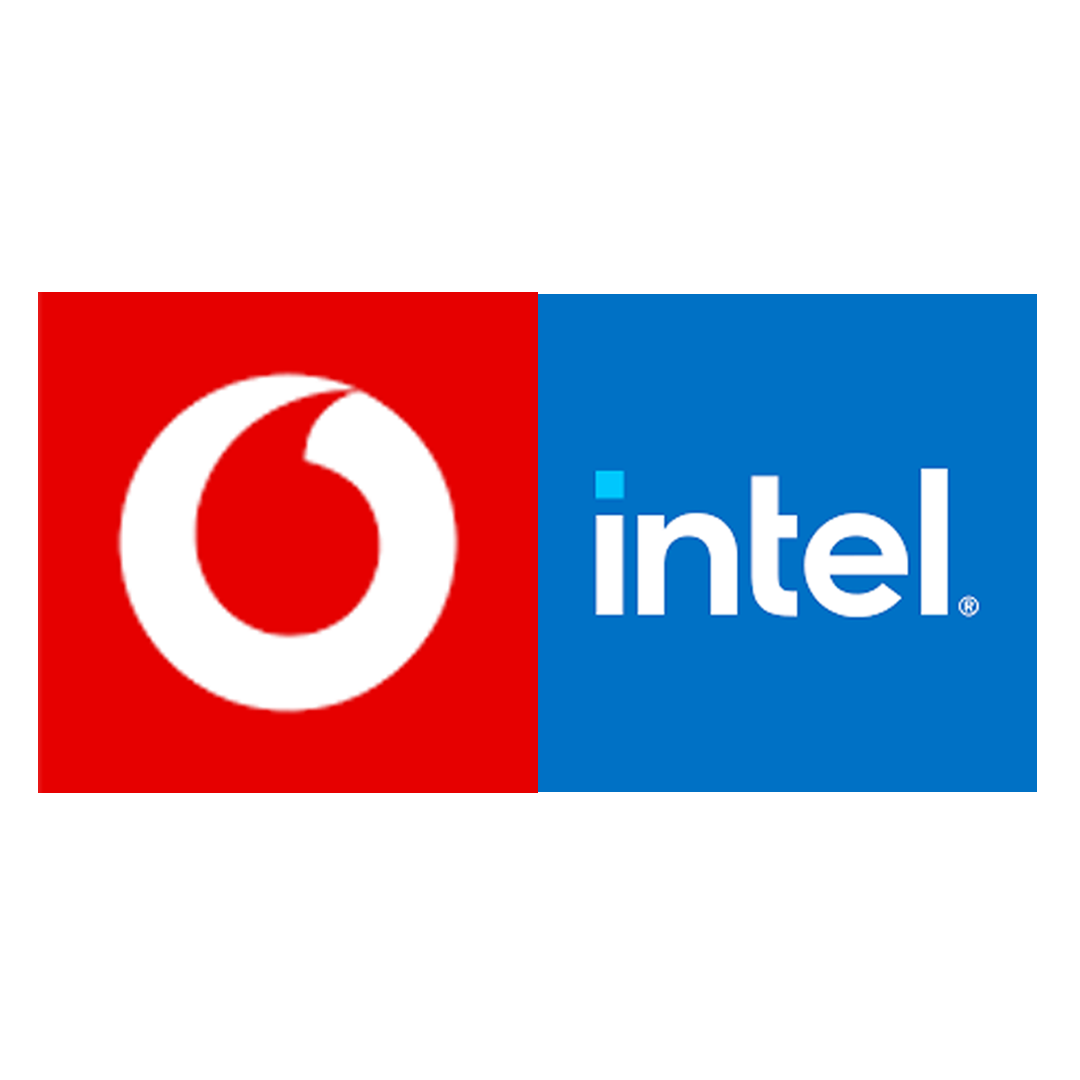Vodafone, the British telecommunications giant, has teamed up with Intel Corp and other silicon vendors to design its chip architecture for nascent OpenRAN network technology. According to a report by Reuters, the aim is to weaken the grip of traditional telecoms equipment suppliers like Ericsson, Huawei, and Nokia and create more footholds for European companies in the lucrative global telecoms equipment market.
Vodafone’s R&D Centre in Malaga will serve as the operational base of the consortium.
The R&D centre – the first dedicated to advancing OpenRAN chip architecture – will bring 50 people dedicated to OpenRAN together with 650 software engineers, architects, and technicians in the Spanish city, where the British company is investing 225 million euros ($251 million) over five years. It opens on Monday.
About 20 other vendors have joined the project, including Qualcomm, Broadcom, ARM, and Lime Microsystems, with half of the total coming from Europe, the company said.
As OpenRAN allows operators to mix and match suppliers in their radio networks, Vodafone’s initiative, apart from posing a challenge to Ericsson, Huawei, and Nokia that dominate the global telecoms equipment market, the development of OpenRAN will also further the European Union’s efforts to bolster its chip industry and double its share of global production to 20% after it lost ground to Asian and U.S. suppliers.
The initiative has taken on greater prominence since some governments either banned or discouraged the use of China’s Huawei in national networks.
Vodafone’s director of network architecture Santiago Tenorio told Reuters that OpenRAN would enable the mobile operator to quickly add new digital services and to optimise networks using artificial intelligence (AI).
“It will bring disruptive innovation back to the network,” he said.
OpenVPN creates interoperability between the software and hardware components of the radio access network, widening the pool of suppliers and lowering the barrier of entry.
Tenorio said Vodafone would design silicon for ARM and RISC-V instruction sets as well as Intel x86, although he added that Intel was up to three years ahead of rivals and had already played a key role in OpenRAN’s development.
Vodafone switched on Britain’s first 5G OpenRAN site carrying live customer traffic in Bath, western England, earlier this month, kicking off a deployment that will number 2,500 sites by 2027.







Comment
No comments found.